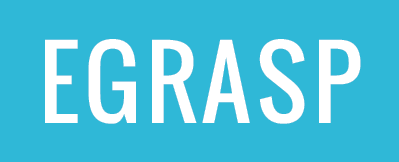Pattern of Strengths and Weaknesses Model for SLD Identification
In 2004, the federal regulations for IDEA indicated that states could not mandate the use of the discrepancy model. An RtI model could be utilized, or states could use “other alternative research-based procedures.” In California, regulations were updated in 2014 and stated that in addition to the discrepancy model, an RtI model could be used. California also indicated that a Pattern of Strengths and Weaknesses, or PSW, model could be used:
A pupil may be determined to have a specific learning disability if…The pupil exhibits a pattern of strengths and weaknesses in performance, achievement, or both, relative to age, State-approved grade-level standards, or intellectual development, that is determined by the group to be relevant to the identification of a specific learning disability, using appropriate assessments, consistent with 34 C.F.R. sections 300.304 and 300.305.
While this statement within education code allows for the use of the model, it does not provide much guidance as to what that model might look like. Instead, it indicates that “the group” determines what is “relevant to the identification of a specific learning disability.” So, what exactly is relevant to the identification of SLD? Researchers within the country seek to answer that question. Many California school districts utilize the following four points when discussing eligibility for special education using the PSW model:
- The student exhibits a pattern of cognitive or processing strengths, indicated by a pattern of abilities in the average or above ranges.
- The student exhibits significant cognitive and academic weaknesses.
- A research-based link exists between the cognitive and academic weaknesses.
- The student requires special education to access the core curriculum.
Various resources, including books, software programs, and trainings, are available to assist teams in determining whether students meet those four requirements. As school districts move from the discrepancy model to a PSW model, an understanding of the “why” behind the transition is helpful.
The discrepancy model has been in place for years. People have become comfortable with taking a full-scale IQ score, subtracting achievement score numbers, and crossing their fingers that they will find the correct number. It seems easy enough. Why change?
There are frustrations with using the discrepancy model. For example, psychologists find inconsistency across districts (and sometimes within their own districts) in how many points are needed to determine a “discrepancy.” While some districts require a 22.5 standard point difference, other districts allow for much smaller numbers. Also, psychoeducational reports do not always clearly link the processing area with the academic area. How exactly does a weakness in fine motor skills impact reading decoding?
Psychologists who learn about different approaches to the PSW model often share that they have gained a deeper understanding of the tools they themselves administer and enjoy focusing on more than just one full-scale IQ score. They are learning how different processing areas might impact academic success and are finding that their assessments are more comprehensive and legally defensible.
The best way to determine whether a student has a learning disability is still a subject of controversy in California and across the United States. There does not seem to be an easy answer. It is important for school teams, irrespective of which model for SLD identification is being used, to be able to explain their findings and to make good decisions for students. Helping students in school is the reason why most of us got into this field – right?
For follow-up questions and to sign up for my monthly newsletter, go to www.jennyponzuric.com.
Jenny Ponzuric
